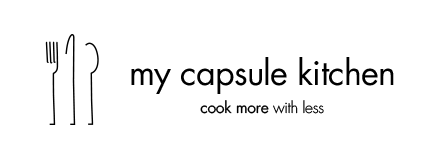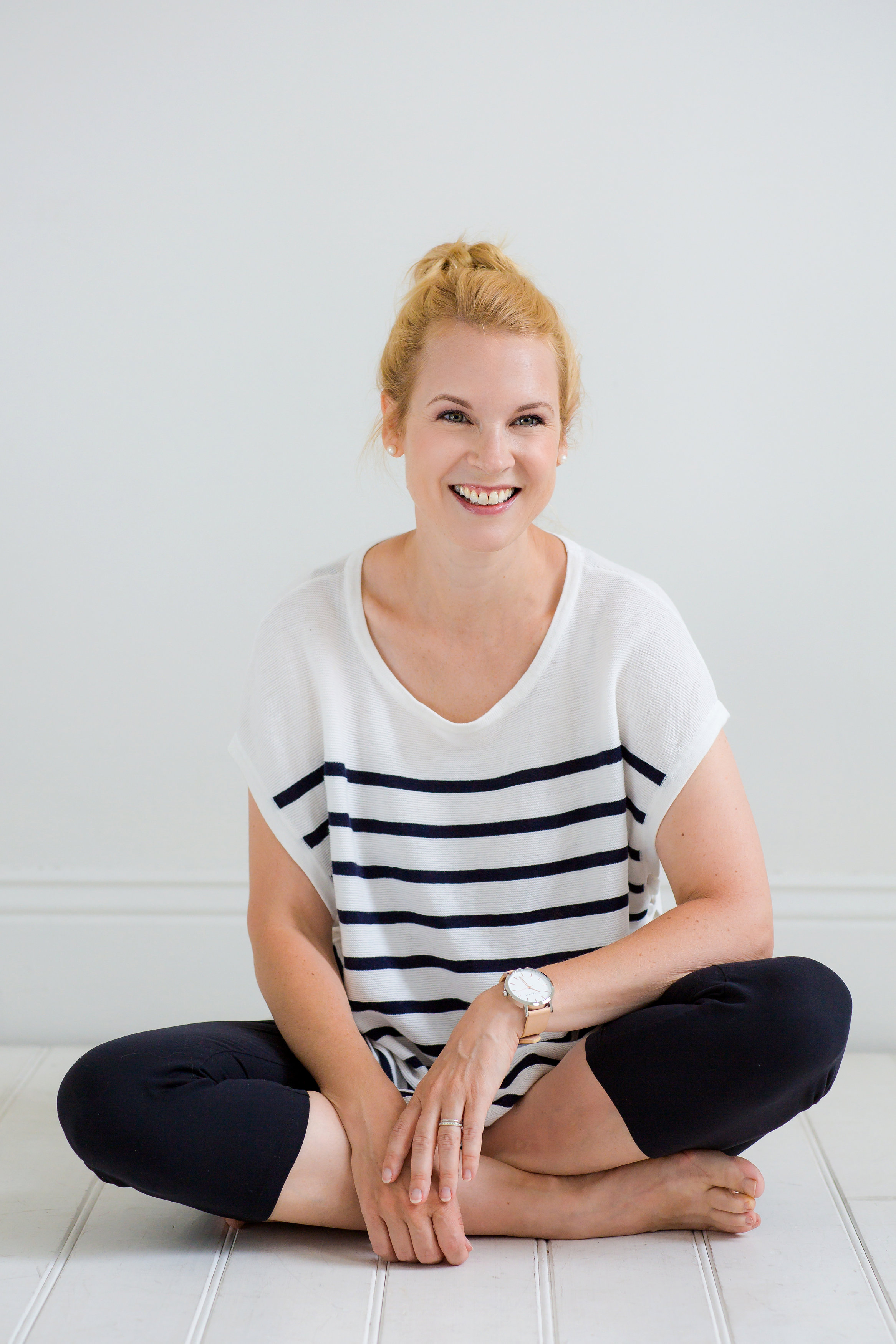It’s always difficult to start a new project. Especially if you are not entirely sure how to map it out. My plan to create a capsule kitchen for my family is beginning to take shape but I do get overwhelmed with all the ideas I have in my head. So I thought it best to start with a budget!
Budgeting as a family
Everyone has (or should have) a budget for their weekly grocery shopping. I’m terrible at it. Which is a bit surprising because I usually like being on top of things and having our finances in order. I make a yearly budget, broken down by months and weeks, we put money away with each payday for the bills that come in quarterly or yearly, I don’t rely on tax returns or similar for a sudden injection of money and there are hardly ever any surprises when it comes to bills.
Apart from bills we have a joint account for all costs that involve everyday life. Fuel, public transport, going out together and groceries. Somehow I find this the hardest one to keep in line.
Budgeting for food
Everyone who knows me will tell you I love all things food. I love buying it, making it, eating it…
Dr. Mark Hyman said that what you eat is by far the single most powerful input you have on your health and deep down we all know it. You can’t expect to thrive if you only put crap in your body. Not for long anyway. And this seems to pose the biggest challenge for me because I so truly and utterly believe that.
I try to buy organic fruit and vegetables, flours and nuts whenever I can.
I try to buy meat and eggs at least free range, if not organic as well.
I try to support small local suppliers, rather than big companies and supermarkets.
I buy what’s in season.
I mostly stay away from processed foods.
That pretty much sums up what I consider important in all things food:
Organic, local, seasonal, unprocessed.
I feel very strongly about this but we’re certainly not rich. We are a single income family with a mortgage – so you gotta be realistic!
Trying to find balance
Setting up this capsule kitchen is a challenge on finding balance between what I would love and what is affordable. Of course organic food and ingredients are more expensive. Often I feel we have lost touch what real food should cost and in our modern day lives we get lured in by offers that we know aren’t good for us but yummy and unfortunately also crazy cheap. Let’s be honest here, I’m battling my cravings just as much as the next person! Who wants to pay $5.- for an organic fruit and nut bar if you can have a Kit Kat Chunky for $1.-?!
Since we have bought our first home the budget naturally has become tighter. Not in a way that keeps us up at night, but definitely making me realize that I can’t just splash out in the local organic wholefoods shop and then by Wednesday I’ve run out of the weekly spending money on groceries. But as soon as you add some food allergies into the mix it becomes even harder. Good (as in actually yummy) eggfree mayonnaise is hard to come buy and the one we like racks up $9.-. That’s a lot of money for mayonnaise! And just one of many examples.
So I’ve sat down and made myself a spreadsheet to help me keep track of our (as in ‘my’) weekly grocery spending. I’m a hardcopy and pen kinda girl, I know there are lots of budgeting apps and programs out there but I prefer to simply write it down. By actually putting pen to paper I feel it sinks in better, I am more aware of it. I printed off a few copies and have them on a clipboard in the kitchen. It’s not hard or even time consuming and one week in I am happy to report that I haven’t gone over our budget! Yay for that.
If you are interested in keeping on track of your weekly spending in the same way you can download the spreadsheet here.
I’d love to know how you approach this topic! What is the single most helpful tool you use for your grocery budgeting? Leave a comment below or drop me a line at katrine@mycapsulekitchen.com.
Much love,
Katrine x


